I just listened to a couple great podcasts about Mental Management (here are the links… Trail Runner Nation podcast and Brandon Webb’s podcast). Mental Management is a way to train your brain for high performance developed by Olympic Gold Medalist Lanny Bassham and if you have not read it yet you might want to read this previous post which includes an excerpt on Mental Management from Brandon Webb’s book “Red Circle”.
This is what I picked up
about Mental Management
from the podcasts…
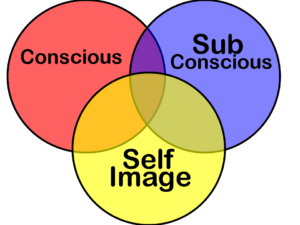 There are three parts to our mental processes. They are the conscious, subconscious and the often overlooked self-image. The conscious is where we “think our thoughts”. The subconscious is where our skills are embedded (and much of our programming such as our values and beliefs are stored). The Self Image, according to Lanny Bassham, is often missed or overlooked.
There are three parts to our mental processes. They are the conscious, subconscious and the often overlooked self-image. The conscious is where we “think our thoughts”. The subconscious is where our skills are embedded (and much of our programming such as our values and beliefs are stored). The Self Image, according to Lanny Bassham, is often missed or overlooked.
A champion has a strong self image which means that they have confidence in their ability to perform at a high level during competition.
How do I build a strong self image?
At any moment, your self image is either becoming stronger or weaker based on the inputs that are received. Inputs might come from your conscious mind (the thoughts you think) or they may come from external sources such as family / friends / coaches or media. These inputs might say “You aren’t good enough.” or “You can do it.” but the key is which inputs are ACCEPTED! We have the ability to program our self image based on the thoughts that we accept and which ones we challenge.
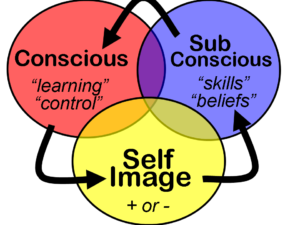
How Lanny lost the gold medal…
“Imagine the pressure that must be on him. Everyone expects him to win the gold medal. The only thing he can do is lose it.” This, or something similar, is what Lanny overheard from other competitors on the bus during his first olympics when he was coming in favored to win the gold medal.
What happened?
The conversation got “into his head” and Lanny had one of his worst performances in competition. He ended up winning the silver medal, but it was a major disappointment for Lanny.
After those olympics in Munich Germany, Lanny spoke to psychologists to find out what went wrong. The response from psychologists of that time (1970’s) was that they felt they could definitely help him… learn to accept that winning the silver was good enough. Lanny wasn’t ready to accept silver so he reached out to gold medalists to find out how their thought processes worked so they could achieve at the highest levels.
 What he found out was what he turned into his Mental Management system and used to win the gold medal in the next Olympic games.
What he found out was what he turned into his Mental Management system and used to win the gold medal in the next Olympic games.
“The Mental Game isn’t just on Game Day. It is every day.” – Wendell Cherry, Hall of Fame Marksman
Building the Self Image of a Champion
Your Self Image keeps you in your Comfort Zone. You need to re-program your self image through the things you say to yourself and the things that other people say which you accept as true. Don’t defeat yourself.
You train your Self Image.

 Affirmations are a powerful way for you, as an athlete, to overcome ways of thinking that are holding you back from becoming your best. Society has programmed many “limiting beliefs” into your mind over your lifetime. If you have read my post about
Affirmations are a powerful way for you, as an athlete, to overcome ways of thinking that are holding you back from becoming your best. Society has programmed many “limiting beliefs” into your mind over your lifetime. If you have read my post about 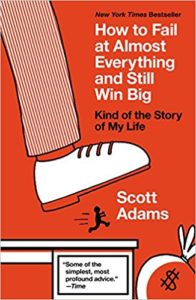
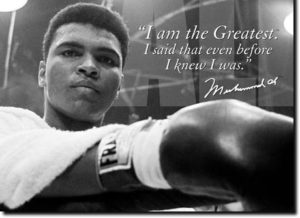
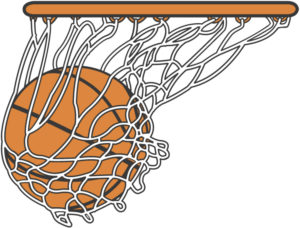
 Pattern Interrupts are a valuable tool that anyone can use to train your brain. We are all creatures of habit based on years of history. We have patterns that help us and others that don’t. You now have a tool to start changing those habits or patterns into something that better supports your goals.
Pattern Interrupts are a valuable tool that anyone can use to train your brain. We are all creatures of habit based on years of history. We have patterns that help us and others that don’t. You now have a tool to start changing those habits or patterns into something that better supports your goals.
 Let me start off by telling you…
Let me start off by telling you…